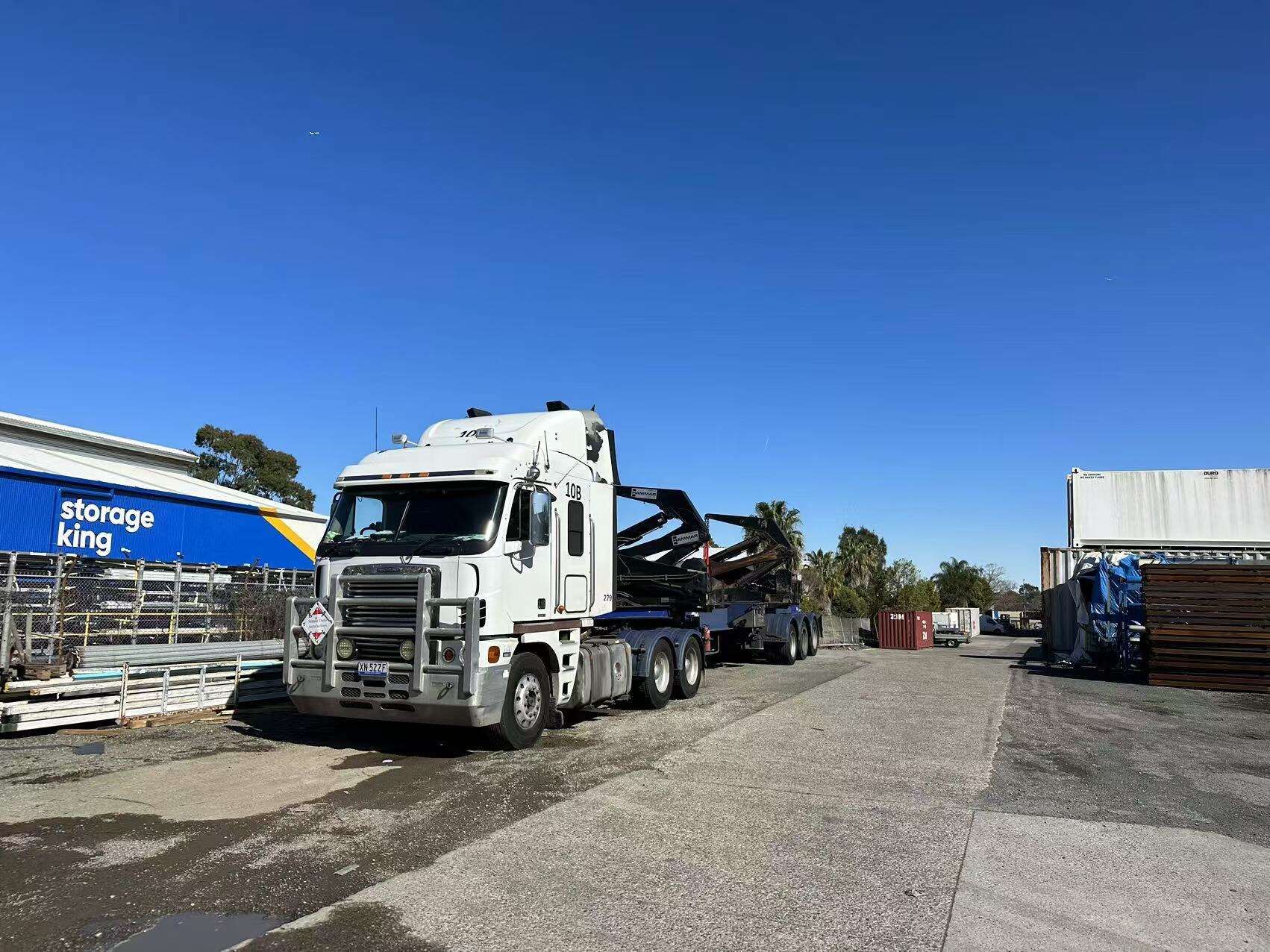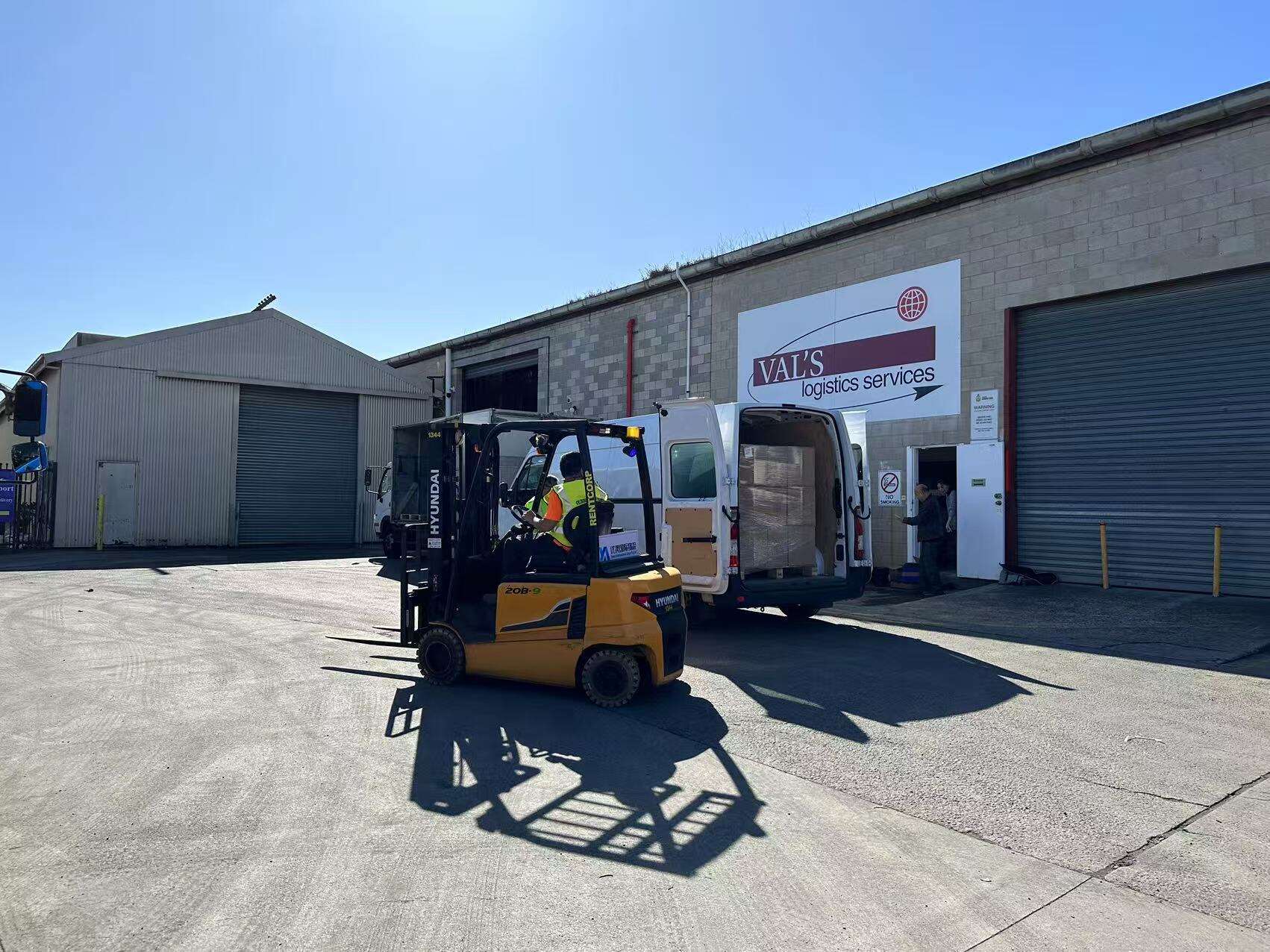Key Air Freight Challenges Between China and the EU
Regulatory Hurdles in Cross-Border Air Cargo
Navigating regulatory compliance in air freight between China and the EU presents a complex array of challenges. Each region has its own customs regulations and import/export documentation requirements that can cause significant delays if not meticulously adhered to. Statistics show that such regulatory hurdles can delay shipments by an average of three to five days, impacting the entire supply chain. Customs brokers and freight forwarders are instrumental in mitigating these challenges by guiding shipments through the intricate webs of bureaucracy. However, their services come at a premium cost, which can escalate the shipping budget by as much as 10-15%. Regulatory compliance remains an essential, though demanding, component of efficient freight shipping.
Capacity Limitations Amid Rising E-Commerce Demand
The explosion of e-commerce has placed unprecedented demand on air freight services from China to the EU, straining logistics infrastructures to their limits. Air freight demand is projected to grow at a rate reflective of the booming e-commerce industry, which is transforming global trade and logistics. During peak seasons like Singles' Day and Black Friday, capacity shortages become acute, leading to delays and increased costs for businesses. These constraints illustrate the urgent need for expanded capacity to meet the growing demands of international freight shipping. Air freight forwarders must adopt innovative solutions to enhance capacity and optimize cargo space to maintain delivery schedules and customer satisfaction.
Cost Volatility Due to Fuel Prices and Route Disruptions
Fluctuating fuel prices represent a significant factor contributing to the volatility in air freight shipping costs. Over the past year, data from market reports indicate a strong correlation between rising fuel prices and increased freight shipping rates, with some instances showing a 15% escalation in costs. Moreover, geopolitical tensions and natural disasters can cause route disruptions, further exacerbating cost volatility. For instance, route changes prompted by geopolitical instability have previously caused operational delays and cost hikes. Freight forwarders must remain agile, adopting strategic route planning and cost management practices to mitigate these disruptions and maintain competitive shipping rates.
Impact of Geopolitical Disruptions on Air Cargo Routes
Red Sea Crisis Driving Shift from Sea to Air Freight
The ongoing Red Sea crisis has significantly impacted traditional shipping routes, compelling many businesses to pivot from sea to air freight. The heightened risks associated with maritime transport have increased air freight bookings, providing a safer alternative to navigate geopolitical tensions. Data shows a noticeable uptick in air freight bookings since the crisis intensified, illustrating a clear shift in cargo preferences. This change has not only increased demand but also escalated shipping costs and extended delivery times, impacting businesses reliant on timely deliveries. The Red Sea crisis serves as a stark reminder of how geopolitical events can drastically alter the logistics landscape, pushing companies towards more dependable, albeit costly, air cargo solutions.
Russian Airspace Restrictions and Extended Flight Times
The restrictions on Russian airspace present significant challenges for air freight routes between China and the EU, resulting in longer flight paths and increased travel times. These disruptions have led to elevated operational costs, as airlines face higher fuel surcharges to accommodate the extended routes. Recent data indicates a marked increase in travel times, directly affecting shipping schedules and costs. Logistics providers are compelled to devise adaptive strategies, such as re-routing and leveraging alternative air corridors, to mitigate the impact of these restrictions. Consequently, businesses must stay abreast of these geopolitical challenges to manage cost implications effectively.
Competitive Advantages for Chinese Carriers in EU Trade
Chinese carriers possess a distinct competitive edge in the EU market, driven by strategic pricing and network efficiencies. These carriers have adeptly navigated geopolitical challenges, enabling them to offer superior services despite the dynamic international logistics landscape. For instance, several Chinese airlines have established strategic partnerships with European logistics companies, enhancing their service offerings and market presence. Such collaborations highlight how Chinese carriers are leveraging geopolitical disruptions to strengthen their foothold in the EU trade arena. This competitive advantage stems from a combination of operational agility and strategic alliances, positioning Chinese carriers as formidable players in the region.
Capacity Constraints and Rising Demand in Cross-Continental Shipping
Supply-Demand Gap in Critical Asia-Europe Trade Lanes
The Asia-Europe trade lanes are experiencing notable supply-demand gaps, making them a focal point for businesses leveraging international freight shipping. Several factors, such as geopolitical tensions and industrial shifts, play into these imbalances, resulting in increased freight shipping rates and shipment delays. For example, the Suez Canal disruptions have compounded these challenges, leading companies to seek alternative shipping routes. As experts predict a persistent rise in demand, with some speculation on increasing air freight services, businesses must strategize to mitigate risks and ensure timely deliveries. This involves diversifying logistics partners and investing in predictive analytics to anticipate shipping demands more accurately.
Regional Manufacturing Shifts Reshaping Air Cargo Patterns
The shift in manufacturing from China to Southeast Asia is significantly reshaping air cargo patterns and logistics dynamics. This transition, driven by cost efficiencies and geopolitical considerations, results in altered trade volumes and transportation modes. For instance, countries like Vietnam and Thailand are emerging as critical logistics hubs, fostering a rise in local air freight forwarder services to handle increased demand. The World Trade Organization has noted these regions' uptick in export volume, underscoring the importance of adapting logistics strategies to leverage these newly prominent players. Businesses must embrace these changes by strengthening their presence in these regions and optimizing their air cargo routes accordingly.
Strategic Sourcing for Resilient Supply Chains
To build resilient supply chains, companies are increasingly adopting strategic sourcing methods that prioritize flexibility and strength. By diversifying suppliers and forging strong alliances with freight forwarders and logistics partners, businesses can better navigate disruptions. Case studies, such as those focusing on European firms dealing with supply chain upheavals due to the Red Sea crisis, illustrate successful adaptation through reduced reliance on single-source suppliers. This strategy not only safeguards against logistical hiccups but also enhances competitive advantage by ensuring consistent product availability. Prioritizing strategic sourcing and robust partnerships are imperative in sustaining business operations smoothly amidst the ever-changing international freight shipping landscape.
Sustainability Initiatives in Transcontinental Air Freight
Adoption of Sustainable Aviation Fuel (SAF) Solutions
The air freight industry is increasingly turning to Sustainable Aviation Fuel (SAF) to mitigate carbon emissions and sustainable flying impacts. As highlighted in various industry reports, SAF usage has surged, with major airlines investing heavily in this green alternative. This shift not only diminishes the carbon footprint of air travel but also aligns with global sustainability mandates. For example, according to [IATA], airlines that implement SAF solutions can reduce their carbon emissions by over 80% compared to conventional fuels. Moreover, collaborative initiatives between airlines and fuel suppliers are boosting SAF adoption through strategic partnerships and investments, spearheading a new era of eco-friendly aviation.
EU ETS Regulations and Carbon-Neutral Logistics
The European Union's Emission Trading Scheme (EU ETS) has created a pivotal shift in how air freight operators strategize their logistics. The scheme imposes regulations that affect route planning, with significant repercussions on cost structures due to penalties and stringent compliance needs. Airlines achieving carbon-neutrality within this framework offer profound insights. For instance, Deutsche Lufthansa AG has set benchmarks by innovating practices that align with carbon-neutral objectives. Compliance with the EU ETS not only mitigates financial penalties but also fortifies the operators’ market positioning by demonstrating a commitment to sustainable logistics over traditional routes that typically accrue higher emissions and associated costs.
Multimodal Integration to Reduce Environmental Impact
Integrating multimodal logistics solutions is a viable strategy for reducing the environmental impact of air freight. This approach combines various transport modes, such as road, rail, and sea, facilitating more efficient and eco-friendly logistics. Successful cases have demonstrated significant reductions in emissions and cost efficiencies by reallocating cargo through alternative routes. Freight forwarders like DHL have adapted their services in response to this trend, offering green logistics solutions that harmonize with sustainable shipping strategies. By leveraging multimodal transport, companies not only optimize their supply chain operations but also align more closely with global sustainability targets, reducing the industry's overall carbon footprint.
Strategic Solutions for Efficient China-EU Air Logistics
Leveraging Freight Forwarders for Route Optimization
Businesses that aim to optimize their supply chain between China and the EU can significantly benefit from the expertise of freight forwarders in route optimization. Freight forwarders employ various tools and technologies that identify the most efficient and cost-effective routes, which is crucial in today's dynamic global market. For example, advanced algorithms can analyze traffic patterns and potential disruptions to suggest optimal paths, ensuring timely deliveries. Continuous communication with freight partners allows for dynamic adjustments, adapting to real-time changes such as weather events or geopolitical shifts. By leveraging such expertise, businesses can minimize delays and manage costs effectively, enhancing their freight management strategies.
Digital Tools for Real-Time Tracking and Risk Mitigation
Digital innovations in freight tracking are transforming the logistics landscape by providing shippers with real-time updates and visibility. These tools enable companies to monitor their shipments continuously, offering alerts and updates that can help mitigate risks during unforeseen disruptions. For instance, if a delay occurs due to adverse weather, shippers can promptly be informed and adjust their logistics plans accordingly. The trend towards digitization in logistics is accelerating, driven by the need for transparency, efficiency, and prompt response to issues. This move not only enhances tracking and risk management but also contributes to more streamlined and resilient supply chains.
Collaborative Partnerships with Global Carriers like DHL
Forming strategic partnerships with global carriers such as DHL can significantly enhance logistical efficiencies for businesses operating between China and the EU. Through these collaborations, companies can streamline operations, making use of shared resources and tapping into DHL's extensive logistics network. For instance, such partnerships might provide access to better shipping rates, shared warehousing solutions, and technological advancements. The exchange of knowledge and best practices between partners enables businesses to refine their logistics processes, improve customer satisfaction, and ultimately drive efficiencies throughout the supply chain. This demonstrates the invaluable role of logistics partnerships in achieving operational success.
FAQs
What are the main regulatory challenges in China-EU air freight?
The main regulatory challenges include differing customs regulations and import/export documentation requirements, which can cause significant delays if not adhered to properly.
How does e-commerce impact air freight capacity?
E-commerce places tremendous demand on air freight services, often leading to capacity shortages and increased costs, especially during peak shopping seasons.
How do fuel prices affect air freight costs?
Fluctuating fuel prices significantly impact air freight costs due to their strong correlation with increased shipping rates.
What is the role of Sustainable Aviation Fuel in air freight?
Sustainable Aviation Fuel reduces carbon emissions and aligns airlines with global sustainability mandates, offering an eco-friendly alternative to conventional fuel.
How do geopolitical events affect air cargo routes?
Geopolitical events, such as the Red Sea crisis and Russian airspace restrictions, can lead to increased demand for air freight, higher costs, and extended delivery times due to altered routes.




